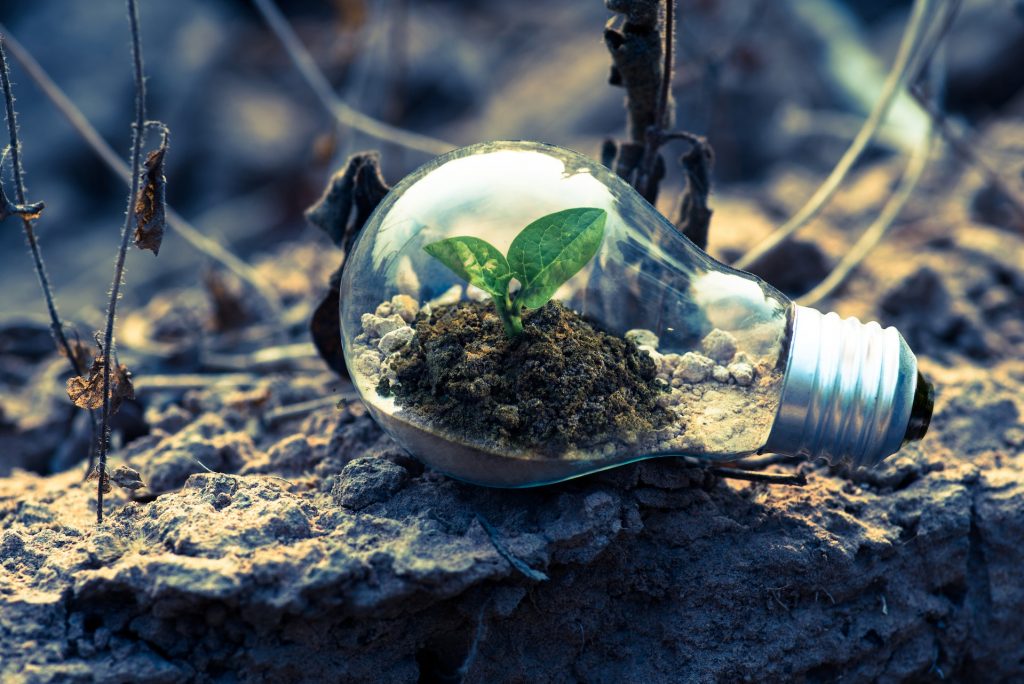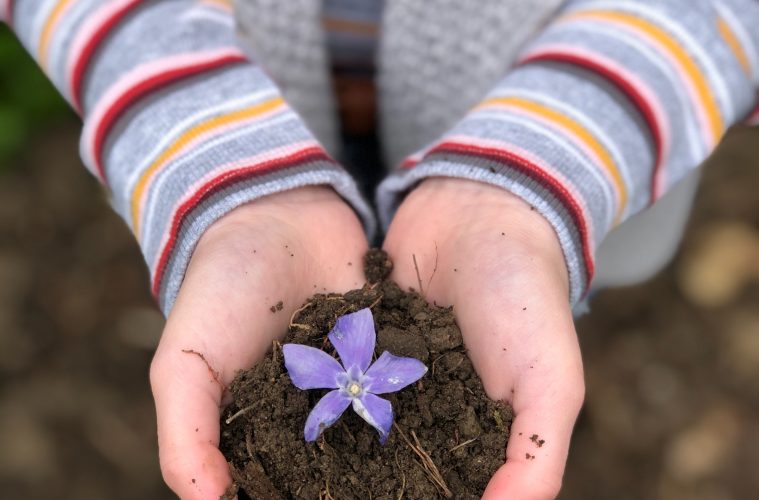So you are looking to start your garden in your backyard, but you are dealing with very sandy soil. For a thriving garden, you need to have the right foundation, especially if you live on the coast or in a new development.
The soil is the most important part of creating a lively and well-growing garden. Unfortunately, sandy soil is not very good at retaining minerals and often dries out very quickly.
Sand has very good properties: it is great at being free-draining and has wonderful airspace; which is all very important. However, sandy soil does not do a very good job of holding nutrients.
Here’s how you can treat your sand soil and turn it into loam soil.
Watch:
Creating the perfect soil conditions
The top of the range when it comes to soil is considered to be loamy soil. Now, loam soil contains about 40% sand, 40% silt and 20% clay. Creating this kind of soil from sandy soil is super easy and can be done in a few quick steps.
Converting sandy soil

Image credit: Pexels
Step 1
Mix in some organic compost into your sandy soil, make sure it is a generous amount equal to the amount of sandy soil sample you have in your garden. So, if you are using raised beds, you want to collect your sand into a container to perform this method. After gathering an amount of sand, add the organic compost and mix well. Compost contains nutrients that are necessary for plant growth.
Step 2.
Add the clay component to the soil/compost mixture. The clay helps the soil hold the nutrients in the compost, as well as retain the moisture necessary for plant growth. Clay also contains rock salts which the soil microbes feed on to then help with your plant growth.
Step 3.
If you are in the active growing phase of the seasons, you are welcome to add some fertiliser to your sandy soil. This will promote plant growth and feed plants in their active growing phase. Otherwise, you can add the fertiliser at a later stage if needed when planting, and as the temperatures pick up in the spring.
Also see: The benefits of seaweed in your garden
Featured image: Pexels

